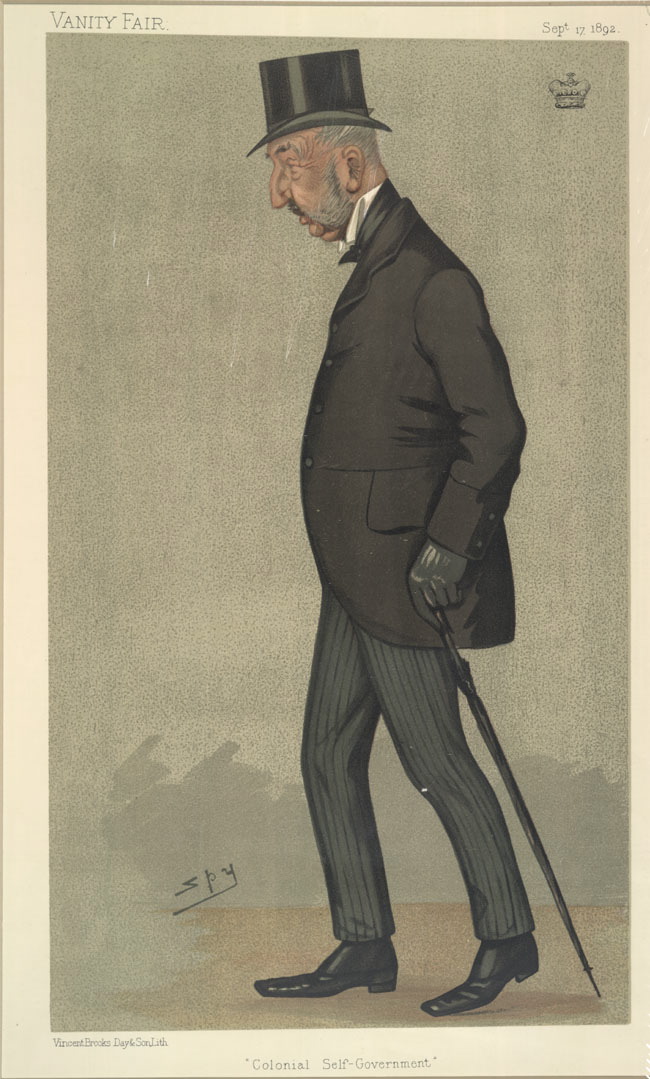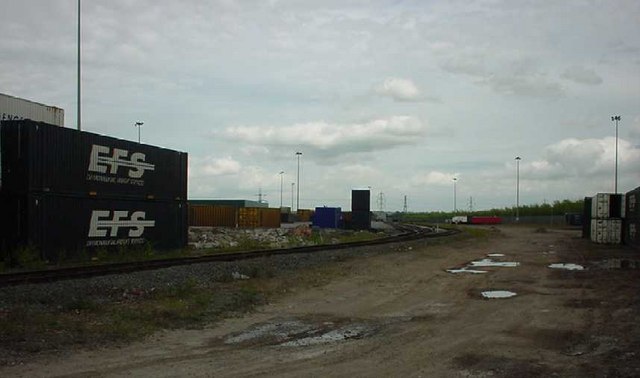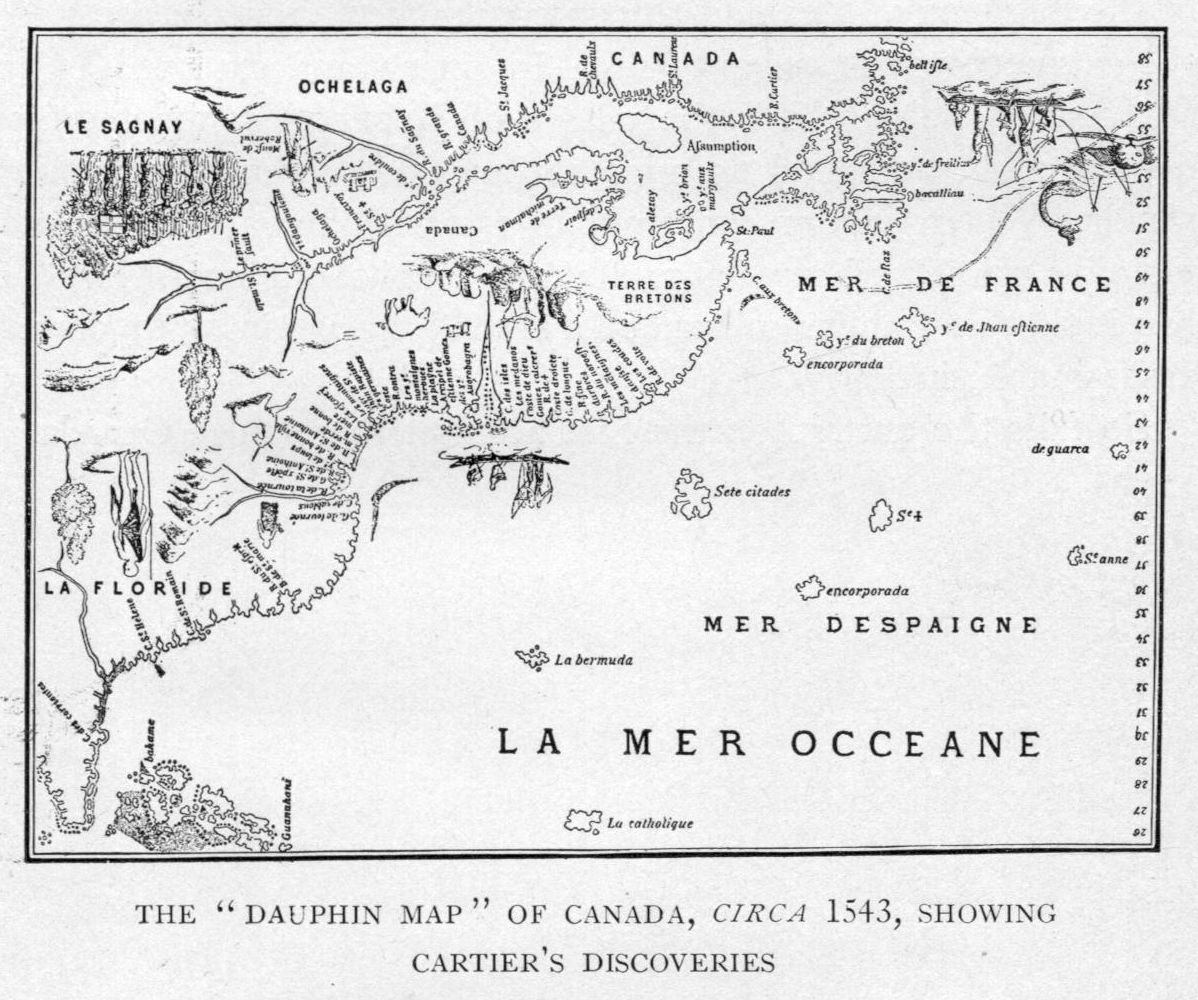|
Charles Bowyer Adderley
Charles Bowyer Adderley, 1st Baron Norton (2 August 181428 March 1905) was a British Conservative politician. Background and education Charles Bowyer Adderley was the eldest son of Charles Clement Adderley (d. 1818), offspring of an old Staffordshire family, and his wife, daughter of Sir Edmund Cradock-Hartopp, 1st Baronet. Adderley inherited Hams Hall, Warwickshire, and the valuable estates of his great-uncle, Charles Bowyer Adderley, in 1826. He was educated at Christ Church, Oxford, where he graduated with a Bachelor of Arts in 1838. Political career In 1841, Adderley entered the House of Commons as Member of Parliament for North Staffordshire, retaining his seat until 1878, when he was created Baron Norton. Adderley's ministerial career began in 1858, when he was appointed President of the Board of Health and Vice-president of the Committee of the Council on Education in Lord Derby's short ministry. Again under Lord Derby, he was Under-Secretary of State for the Coloni ... [...More Info...] [...Related Items...] OR: [Wikipedia] [Google] [Baidu] |
The Right Honourable
''The Right Honourable'' ( abbreviation: ''Rt Hon.'' or variations) is an honorific style traditionally applied to certain persons and collective bodies in the United Kingdom, the former British Empire and the Commonwealth of Nations. The term is predominantly used today as a style associated with the holding of certain senior public offices in the United Kingdom, Canada, New Zealand, and to a lesser extent, Australia. ''Right'' in this context is an adverb meaning 'very' or 'fully'. Grammatically, ''The Right Honourable'' is an adjectival phrase which gives information about a person. As such, it is not considered correct to apply it in direct address, nor to use it on its own as a title in place of a name; but rather it is used in the third person along with a name or noun to be modified. ''Right'' may be abbreviated to ''Rt'', and ''Honourable'' to ''Hon.'', or both. ''The'' is sometimes dropped in written abbreviated form, but is always pronounced. Countries with common or ... [...More Info...] [...Related Items...] OR: [Wikipedia] [Google] [Baidu] |
Hams Hall
Hams Hall is a place near Lea Marston in North Warwickshire, England, named after the former Hams Hall manor house. A power station at Hams Hall was constructed and operated in the late 1920s; a further two power stations began generating electricity in the 1940s and 1950s. By 1993 all three power stations had been closed and demolished and an industrial park Hams Hall Distribution Park was built. An intermodal rail terminal ''Hams Hall Rail Freight Terminal'' also operates at the site. Hams Hall Estate The Hams Hall Estate and what is modern day Saltley was owned by the Adderley family for over 262 years. The name of the estate was derived from the fact that the land lay in a great hook (ham) of the River Tame. As Birmingham and the Black Country developed, the estate faced two problems: loss of land to the west, and lack of water from the river due to industrial pollution. Thus, after Robert Rawlinson's report on the condition of Birmingham in 1848 suggesting the need for a ... [...More Info...] [...Related Items...] OR: [Wikipedia] [Google] [Baidu] |
Canterbury Association
The Canterbury Association was formed in 1848 in England by members of parliament, peers, and Anglican church leaders, to establish a colony in New Zealand. The settlement was to be called Canterbury, with its capital to be known as Christchurch. Organised emigration started in 1850 and the colony was established in the South Island, with the First Four Ships bringing out settlers steeped in the region's history. The Association was not a financial success for the founding members and the organisation was wound up in 1855. Formation of the Association The Association, founded in London on 27 March 1848, was incorporated by Royal Charter on 13 November 1849. The prime movers were Edward Gibbon Wakefield and John Robert Godley. Wakefield was heavily involved in the New Zealand Company, which by that time had already established four other colonies in New Zealand (Wellington, Nelson, Petre and Otago). Wakefield approached Godley to help him establish a colony sponsored by the Chu ... [...More Info...] [...Related Items...] OR: [Wikipedia] [Google] [Baidu] |
Norton Le Moors
Norton le Moors is in the north-east of the city of Stoke-On-Trent, Staffordshire, England, mostly within the city boundary, with the rest in the Staffordshire Moorlands district. Geography The suburb borders Ball Green in the north, Stockton Brook in the east, Norton Green in the north-east, Milton in the south, and Bradeley in the west. History The civil parish of Norton le Moors was established in 1837. It was abolished in 1965 and incorporated into the parishes of Bagnall, Brown Edge and Stoke-on-Trent. Two years, later Norton Parish Council obtained permission to change its name to Brown Edge Parish Council. Norton le Moors appears in the Domesday Book of 1086 as Nortone, meaning North town. At the time of the Domesday Survey the village was held by Robert de Stafford. During the Middle Ages the area developed due to its location on the road from Leek to Burslem, later turned turnpiked as the Leek to Newcastle road. Population In 2001, the population for the ward of No ... [...More Info...] [...Related Items...] OR: [Wikipedia] [Google] [Baidu] |
1869 Birthday Honours
The 1869 Birthday Honours were appointments by Queen Victoria to various orders and honours to reward and highlight good works by citizens of the British Empire. The appointments were made to celebrate the official birthday of the Queen, and were published in ''The London Gazette'' on 2 June 4 June and 1 July 1869. The recipients of honours are displayed here as they were styled before their new honour, and arranged by honour, with classes (Knight, Knight Grand Cross, ''etc.'') and then divisions (Military, Civil, ''etc.'') as appropriate. United Kingdom and British Empire The Most Illustrious Order of Saint Patrick Knight of the Most Illustrious Order of Saint Patrick (KP) * Granville, Earl of Carysfort * Archibald, Earl of Gosford The Most Honourable Order of the Bath Knight Grand Cross of the Order of the Bath (GCB) =Military Division= ;;Royal Navy *Admiral Sir Henry Prescott *Vice-Admiral Sir Augustus Leopold Kuper ;;Army *General George Charles, Earl of Lucan *Gen ... [...More Info...] [...Related Items...] OR: [Wikipedia] [Google] [Baidu] |
Order Of St Michael And St George
The Most Distinguished Order of Saint Michael and Saint George is a British order of chivalry founded on 28 April 1818 by George IV, George IV, Prince of Wales, while he was acting as prince regent for his father, George III, King George III. It is named in honour of two military saints, Michael (archangel), Michael and Saint George, George. The Order of St Michael and St George was originally awarded to those holding commands or high position in the Mediterranean Sea, Mediterranean territories acquired in the Napoleonic Wars, and was subsequently extended to holders of similar office or position in other territories of the British Empire. It is at present awarded to men and women who hold high office or who render extraordinary or important non-military service to the United Kingdom in a foreign country, and can also be conferred for important or loyal service in relation to foreign and Commonwealth of Nations, Commonwealth affairs. Description The Order includes three class ... [...More Info...] [...Related Items...] OR: [Wikipedia] [Google] [Baidu] |
Her Majesty's Most Honourable Privy Council
The Privy Council (PC), officially His Majesty's Most Honourable Privy Council, is a formal body of advisers to the sovereign of the United Kingdom. Its membership mainly comprises senior politicians who are current or former members of either the House of Commons or the House of Lords. The Privy Council formally advises the sovereign on the exercise of the Royal Prerogative, and as a body corporate (as King-in-Council) it issues executive instruments known as Orders in Council which, among other powers, enact Acts of Parliament. The Council also holds the delegated authority to issue Orders of Council, mostly used to regulate certain public institutions. The Council advises the sovereign on the issuing of Royal Charters, which are used to grant special status to incorporated bodies, and city or borough status to local authorities. Otherwise, the Privy Council's powers have now been largely replaced by its executive committee, the Cabinet of the United Kingdom. Certai ... [...More Info...] [...Related Items...] OR: [Wikipedia] [Google] [Baidu] |
Dominion Of Canada
While a variety of theories have been postulated for the name of Canada, its origin is now accepted as coming from the St. Lawrence Iroquoian word , meaning 'village' or 'settlement'. In 1535, indigenous inhabitants of the present-day Quebec City region used the word to direct French explorer Jacques Cartier to the village of Stadacona. Cartier later used the word ''Canada'' to refer not only to that particular village but to the entire area subject to Donnacona (the chief at Stadacona); by 1545, European books and maps had begun referring to this small region along the Saint Lawrence River as ''Canada''. From the 16th to the early 18th century, ''Canada'' referred to the part of New France that lay along the Saint Lawrence River. In 1791, the area became two British colonies called Upper Canada and Lower Canada. These two colonies were collectively named the Canadas until their union as the British Province of Canada in 1841. Upon Confederation in 1867, ''Canada'' was adop ... [...More Info...] [...Related Items...] OR: [Wikipedia] [Google] [Baidu] |
Constitution Act, 1867
The ''Constitution Act, 1867'' (french: Loi constitutionnelle de 1867),''The Constitution Act, 1867'', 30 & 31 Victoria (U.K.), c. 3, http://canlii.ca/t/ldsw retrieved on 2019-03-14. originally enacted as the ''British North America Act, 1867'' (BNA Act), is a major part of the Constitution of Canada. The act created a federation, federal dominion and defines much of the operation of the Government of Canada, including its Canadian federalism, federal structure, the House of Commons of Canada, House of Commons, the Senate of Canada, Senate, the justice system, and the taxation system. In 1982, with the patriation of the Constitution, the British North America Acts which were originally enacted by the Parliament of the United Kingdom, British Parliament, including this Act, were renamed. Although, the acts are still known by their original names in records of the United Kingdom. Amendments were also made at this time: section 92A was added, giving provinces greater control ove ... [...More Info...] [...Related Items...] OR: [Wikipedia] [Google] [Baidu] |
Secretary Of State For Education And Skills
The secretary of state for education, also referred to as the education secretary, is a secretary of state in the Government of the United Kingdom, responsible for the work of the Department for Education. The incumbent is a member of the Cabinet of the United Kingdom. The office holder works alongside the other Education ministers. The corresponding shadow minister is the Shadow Secretary of State for Education, and the work of the Secretary of State is also scrutinised by the Education Select Committee. The current education secretary is Gillian Keegan. Responsibilities Corresponding to what is generally known as an education minister in many other countries, the education secretary's remit is concerned primarily with England. This includes: * Early years * Children's social care * Teacher recruitment and retention * The national curriculum * School improvement * Academies and free schools * Further education * Apprenticeships and skills * Higher education * Oversight ... [...More Info...] [...Related Items...] OR: [Wikipedia] [Google] [Baidu] |
Baron Norton
Baron Norton, of Norton-on-the-Moors in the County of Stafford, is a title in the Peerage of the United Kingdom. It was created in 1878 for the Conservative politician and former President of the Board of Trade, Sir Charles Adderley. He was succeeded by his elder son, the second Baron. Two of his sons, the third and fourth Baron, both succeeded in the title. On the latter's death in 1944, the title passed to his eighty-nine-year-old uncle, the fifth Baron. Barons Norton (1878) *Charles Bowyer Adderley, 1st Baron Norton (1814–1905) *Charles Leigh Adderley, 2nd Baron Norton (1846–1926) *Ralph Bowyer Adderley, 3rd Baron Norton (1872–1933) *Ronald Wollstan Fleetwood Adderley, 4th Baron Norton (1885–1944) *Henry Arden Adderley, 5th Baron Norton (1854–1945) *Hubert Bowyer Arden Adderley, 6th Baron Norton (1886–1961) *John Arden Adderley, 7th Baron Norton (1915–1993) *James Nigel Arden Adderley, 8th Baron Norton (born 1947) The heir apparent is the present holder's son, ... [...More Info...] [...Related Items...] OR: [Wikipedia] [Google] [Baidu] |
North Staffordshire (UK Parliament Constituency)
North Staffordshire (formally the Northern division of Staffordshire) was a county constituency in the county of Staffordshire. It returned two Members of Parliament (MPs) to the House of Commons of the Parliament of the United Kingdom, elected by the bloc vote system. History The constituency was created by the Reform Act 1832 for the 1832 general election, and abolished by the Redistribution of Seats Act 1885 for the 1885 general election. Boundaries 1832–1868: The Hundreds of Pirehill, Totmonslow and North Offlow. 1868–1885: The Hundreds of Totmonslow and Pirehill North. Members of Parliament Election results Elections in the 1830s Elections in the 1840s Elections in the 1850s Egerton's resignation caused a by-election. Adderley was appointed Vice-President of the Committee of the Privy Council for Education, requiring a by-election. Elections in the 1860s ... [...More Info...] [...Related Items...] OR: [Wikipedia] [Google] [Baidu] |

_(cropped).jpg)






